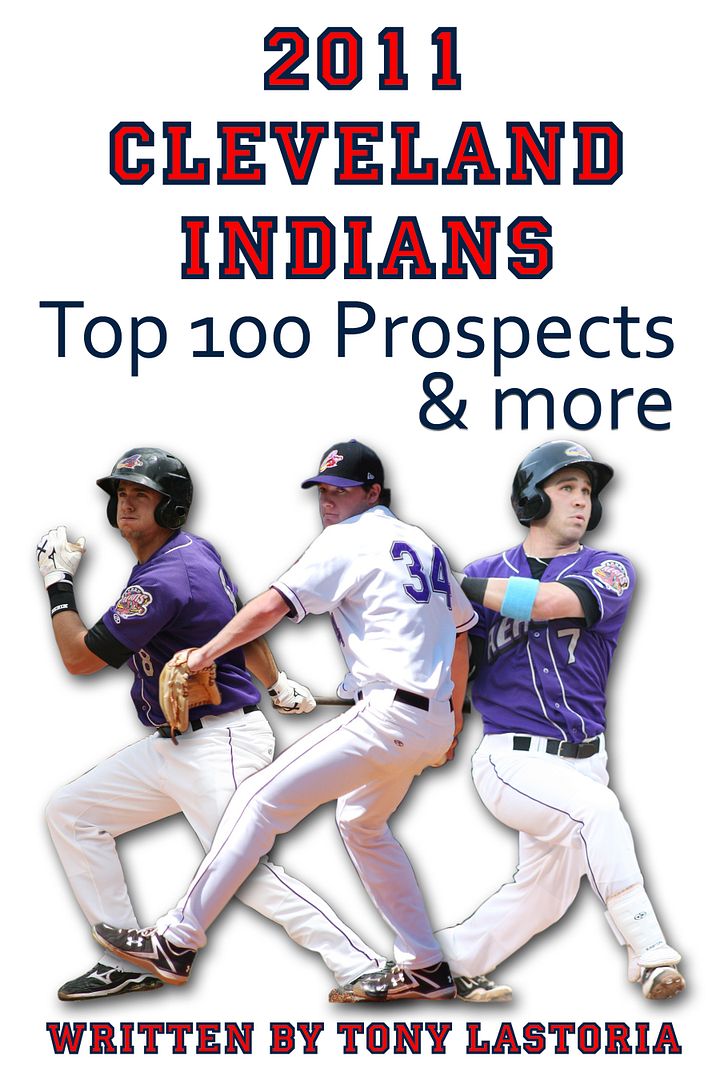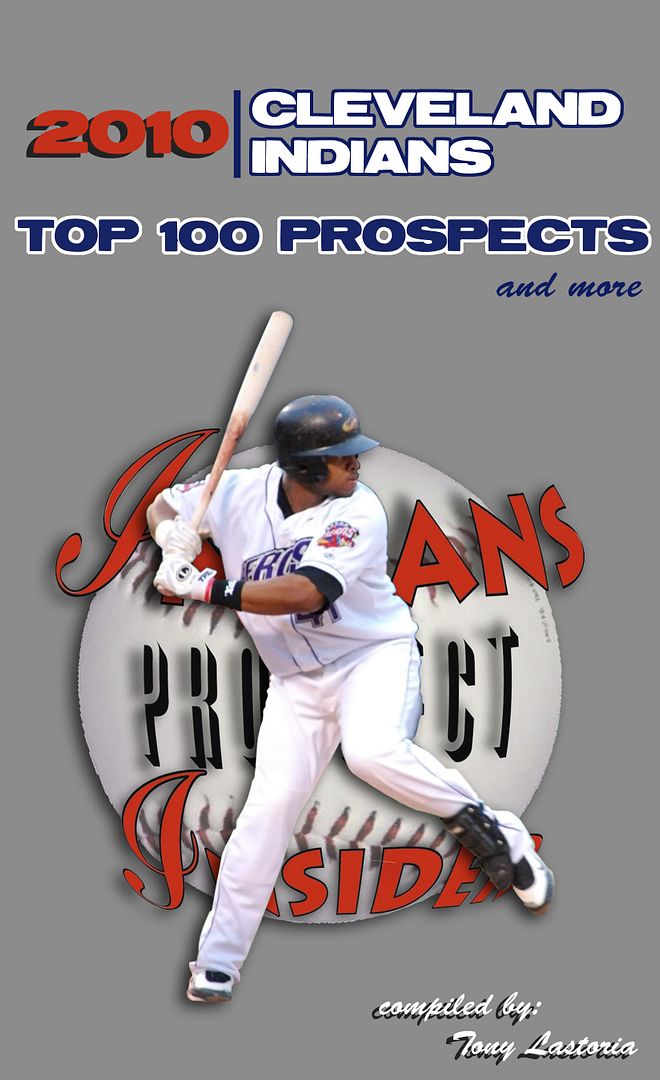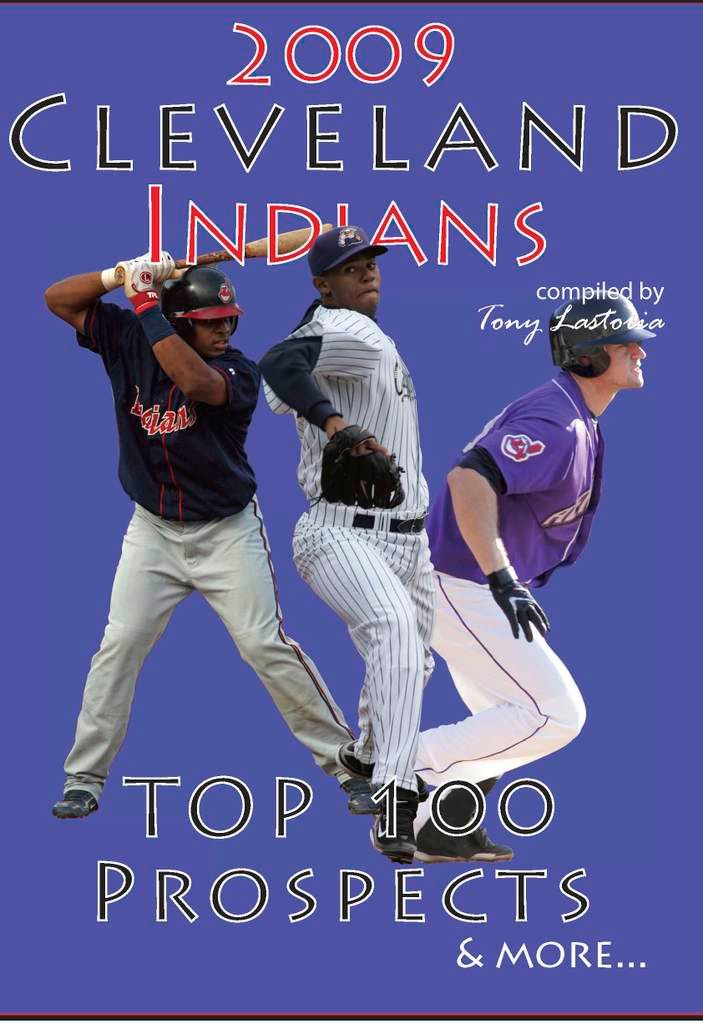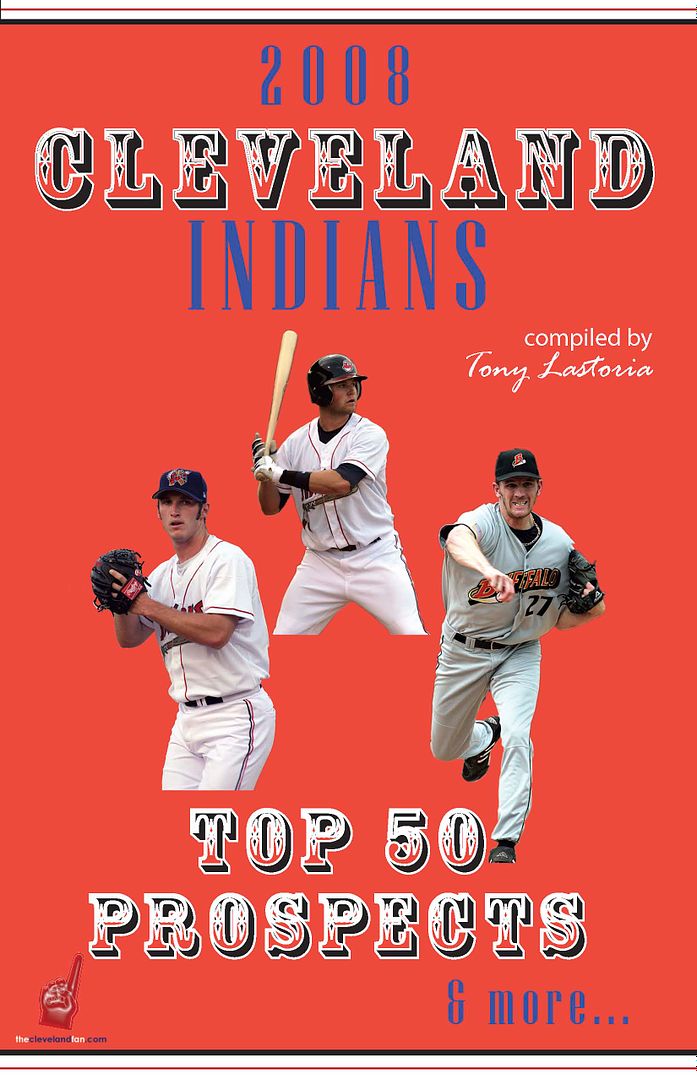Joe Gardner – Right-handed Pitcher
Born: 03/18/1988 – Height: 6’5” – Weight: 225 – Bats: Right – Throws: Right
 |
| (Photo: Ken Carr) |
Strengths: Gardner is a big, strong, physical pitcher who throws a 91-94 MPH two-seam sinking fastball that touches 95 MPH with late heavy sink and excellent movement down in the zone that produces a ton of groundball outs. He relies on the hard boring action of his sinker heavily, throwing it 80-90% of the time, and is clearly the best pitch in his arsenal and arguably the best sinker in the minors. His low-three quarters slot and smooth arm action allows for a lot of sink and good tailing life to it. He has good command of his sinker by consistently throwing it for strikes, and really eats up right-handers because of his fearless approach of working in on their hands and feet. The sinker is hard and heavy and he consistently keeps it down in the zone which makes it hard for hitters to lift the ball off of him and really limits home runs.
Gardner complements his two-seam fastball with a slider and changeup. Both pitches are not expected to be major league weapons and project as only average offerings. His hard biting slider is solid-average and it sits around 80-81 MPH. The slider is the better of his two secondary offerings and has been adequate so far as a professional, and is expected to see improvement as he becomes more comfortable with it. He shows a feel for an average changeup with decent fade. He does a good job of keeping hitters off balance with it, particularly left-handers, and has seen more success and improvement with it. He also picked up a four-seam fastball once he signed with the Indians as they wanted him to have a variation to his fastball to have movement away and something to elevate and use when ahead in the count.
Even though his numbers last year were spectacular, Gardner is not a strikeout pitcher. Instead he relies on more of a pitch to contact approach and uses his sinker to limit extra base hits and get quick outs via the groundball. He is very aggressive and very confident on the mound and goes right after guys, and is not afraid to pitch inside to both left-handers and right-handers. The Indians really like him as a starting pitching prospect because in addition to his excellent sinker they believe both his changeup and slider will at least become major league average pitches, and he projects as a solid middle of the rotation pitcher who can haul innings.
Even though he was drafted in 2009, Gardner made his professional debut last year because of an injury he sustained in his last start in college which resulted in him not pitching with the Indians in 2009. After a complete game shutout against Long Beach State on May 9, 2009 he left his next start after two innings with an injury and then missed his final start of the season. The injury was a strained right serratus anterior muscle, which is a muscle located in the upper-torso region near the armpit that is largely responsible for the protraction of the shoulder bones. The Indians were aware of the injury when they drafted and signed him, though the injury was not expected to linger as long as it did. As a result, instead of making his professional debut and getting some quality work and innings at short-season Single-A Mahoning Valley in 2009, he in turn spent his first pro summer on a rehab assignment in Goodyear, Arizona and then made his organizational debut in Instructional League in September of 2009.
Gardner was consistent all last season from outing to outing and really did a good job keeping his routine in line and adjusting to the day-to-day grind of being a professional baseball player. He was so effective because he mixed in his slider and changeup well where a lot of times hitters were so geared up for his sinker with two strikes that he often went to his slider and rung up many hitters with it. He threw strikes and consistently filled the bottom of the zone with all three pitches to keep hitters off balance. He had no adjustment period when he was promoted to Kinston as he settled in there right away and dominated all year. He had some midseason struggles where he was trying to be a little bit too fine with his pitches and was having a lot of big misses, but was able to quickly correct the issue. After reviewing some video tape coaches found he was using his secondary pitches in favorable counts rather than going to his bread and butter pitch – his fastball – to put hitters away. Further study revealed that his delivery was being rushed which caused his front side to fly open a little bit and resulted in his fastball flattening out. After a few bullpen sessions he was able to work things out and slow things down which were instrumental in getting him back on track. The organization was extremely pleased with what he showed last year, and while he still has a long way to go, the progress he has made in such a short amount of time is impressive and exciting.
Opportunities: Since Gardner relies on his sinker so much, the development of his slider and changeup are really going to be the key in making him a more complete pitcher and also help him stay in the rotation as he continues to move up in the system. His slider and changeup are not projected to be plus pitches, but if he can get them both to where they are average to a tick or two above average major league pitches, they will go a long way at making his sinker so much more effective as he moves up the ranks in the minor leagues. He can get by with his sinker alone at the Single-A level against young, inexperienced hitters, but as he gets to Double-A and higher where hitters are much more patient and have much better plate discipline, his changeup and slider will become big keys to what kind of pitcher he ends up being and how far he goes. He needs to work on tightening up his slider as he has a tendency to get around it too much, and he needs to more consistently throw it to both sides of the plate, especially away from right-handers. His arm slot can sometimes lead to some sweeping action to his slider, which can lead to trouble against left-handers. His changeup is too firm and it tends to flatten out, so he needs to work on softening it up a little.
Even though his sinker is an excellent pitch, Gardner lacks a true swing and miss pitch which could present problems as he moves into the higher levels of the minors and potentially the big leagues. His sinker is a lot like Fausto Carmona’s in that it moves so much that he has trouble consistently keeping it in the zone, so he needs to continue to work on consistently commanding it down in the zone. He tends to have an inconsistent arm slot where at times it can end up more sidearm which leads to him elevating the ball. He is also not very athletic for a pitcher as his delivery is kind of funky and uncoordinated. He needs work on controlling the running game and holding runners better. He is still raw on the mound and really just needs to pitch and gain experience so he can better understand what he can and can’t do on the mound. The Indians think there is still some untapped velocity in his arm, so if his delivery is cleaned up and his mechanics improve he could see an uptick in his velocity.
Outlook: Gardner had about as good of a pro debut as you can possibly have last year with some very impressive numbers to go along with some interesting stuff. His awesome showing in Instructional League the previous fall really served as a springboard to some spectacular numbers last year as he had an outstanding groundball rate (3.21 GO/AO), opposing batting average (.197) and missed lots of bats (8.7 K/9). His emergence as an innings eating, sinker-balling, middle-of-the-rotation big league pitching prospect was one of the biggest stories to come out of the 2010 season. He showed he can dominate at both levels of Single-A, and one of the more intriguing stories to follow for the 2011 season will be how he adjusts and his stuff translates at Double-A against some top level competition. It’s still unclear what kind of prospect he will be, so this season will go a long way at proving that. He should open the 2011 season at Double-A Akron. If things continue to go well, he could enter into the Indians big league pitching plans sometime in 2012.
| Year | Age | Team | Lvl | W | L | ERA | G | GS | IP | H | ER | HR | BB | SO | AVG | BB/9 | K/9 | WHIP |
| 2010 | 22 | Lake County | A | 1 | 0 | 3.24 | 6 | 6 | 25.0 | 17 | 9 | 2 | 11 | 38 | .185 | 4.0 | 13.7 | 1.12 |
| 2010 | 22 | Kinston | A+ | 12 | 6 | 2.65 | 22 | 22 | 122.1 | 85 | 36 | 4 | 51 | 104 | .199 | 3.8 | 7.7 | 1.11 |
| MiLB Totals | 13 | 6 | 2.75 | 28 | 28 | 147.1 | 102 | 45 | 6 | 62 | 142 | .197 | 3.8 | 8.7 | 1.11 |
Follow Tony and the Indians Prospect Insider on Twitter @TonyIPI. Also, his latest book the 2011 Cleveland Indians Top 100 Prospects & More is available for purchase for $20.95 to customers in the US (shipping and handling extra).














 Everything on this site is free, but for those interested in making any monetary contributions to help support the stability and growth of this site please click on the "Donate" button below.
Everything on this site is free, but for those interested in making any monetary contributions to help support the stability and growth of this site please click on the "Donate" button below.


4 comments:
Seems like he could be a bottom of the rotation innings eater, and if not that they could move him to the bullpen where he could rely heavily on his sinker. Keeping the ball in the ballpark is a good skill for a late innings reliever to have.
Tony, how would you compare him to Justin Masterson. He is good against righties, gets ground outs, and has some control issues.
Pretty much agree with that. I don't think his skill set will allow him to be a MOR starter. Doesn't have a strike-out pitch and sounds like his secondary pitches will be marginal major league quality.
I think the key (in addition to developing his slider and changeup) will be if he can keep his sinker in the zone. If he can't, major league hitters will lay off it, as they did Carmona's. And it appears he's at least as reliant on the sinker as Carmona, so his average (at best) secondary pitches won't make up for a sinker that can't be thrown for strikes.
Tony, as you know I'm a big fan of Gardner, so I'm usually quick to rebuttal what I may perceive as an inaccurate analysis. The fact is I think you wrote an outstanding, accurate scouting report. However, it only matters what the Indians think in terms of his ability and continued productivity. But, because I'm a fan I get to give my two cent.
When we talk about Gardner not having a strike-out pitch we must have the same opinion for everyone in the entire organization because let us not forget he led all Indians in strikeouts. The sinker and the slurve are both swing and miss pitches to the righthander and the handful of times the change-up bit hard it was s/m to lefthanders. I feel as he gets stronger and more consistent with his mechanics/confidence his sinking fastball is gonna sit 92-95 and touch 96-97 (nasty). I believe his strikeouts will drop moderately 6.5 to 7.5 per 9 in the higher levels but if he reduces his walks 25% he will remain very effective. The secondary pitches will come with repetition. Remember he has only one year of pro ball. Let DetDawg know Gardner is gonna be OK.
Post a Comment